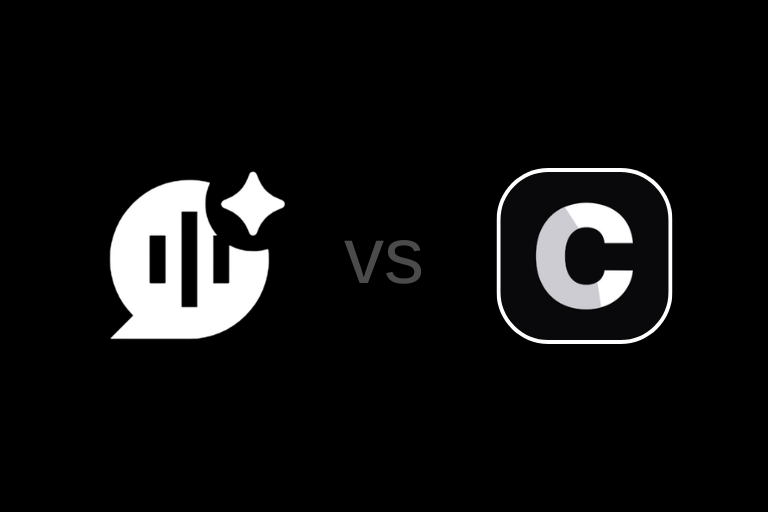CrawlChat vs Chatbase
CrawlChat focuses on AI for technical documentation, offering deep context and developer-specific actions. Chatbase serves broader business needs, excelling in customer support automation and integrations across industries.

Both Chatbase and CrawlChat allow you to build AI chatbots powered by your own data — but they’re built with different users and purposes in mind. While Chatbase focuses on broad customer support and marketing use cases, CrawlChat is deeply tuned for technical documentation and developer workflows.
Focus
Chatbase is a general-purpose AI chatbot platform that helps businesses automate customer support, lead generation, and user engagement on their websites. It’s designed for teams that need quick setup and broad integrations across tools and data types.
CrawlChat, on the other hand, is built for developer teams. It specializes in creating AI assistants that understand technical documentation — including API references, SDK guides, and changelogs — making it ideal for companies that maintain complex developer portals or knowledge bases.
Actions: Going Beyond Simple Q&A
Both platforms have evolved beyond simple question-answer chatbots with the addition of Actions — features that let chatbots execute tasks or fetch live data.
Chatbase Actions are designed for wide business use cases. They can call APIs, update CRMs, trigger workflows, or integrate with tools like Zapier. It’s a great fit for teams automating support or sales operations.
CrawlChat Actions, in contrast, focus on developer-specific interactions. They can connect with technical tools, retrieve real-time data, or process developer queries contextually. Instead of just answering “how-to” questions, CrawlChat bots can trigger workflows or fetch structured data that matters to engineering and documentation teams.
Knowledge and Context Handling
When it comes to understanding and organizing data, Chatbase allows you to upload files or link websites for training. However, maintaining document hierarchy and cross-page relationships often requires additional setup and manual structure.
CrawlChat excels here. It automatically crawls websites, GitHub repositories, Notion spaces, and Confluence pages — preserving the structure, hierarchy, and context of the documentation. This makes it particularly strong at handling nested developer content like API endpoints, SDK examples, and changelogs.
Analytics and Insights
Chatbase provides comprehensive analytics that track user interactions, chat history, message confidence, and overall chatbot performance. These metrics help teams optimize chatbot accuracy and customer satisfaction.
CrawlChat takes analytics a step further by introducing “data gap” insights — a feature that highlights the questions users asked but your documentation couldn’t answer. This helps developer teams continuously improve their documentation by identifying missing or unclear information.
Pricing Snapshot
| Tool | Entry Plan | Focus |
|---|---|---|
| Chatbase | ~$40/month | Customer and support chatbots |
| CrawlChat | ~$21/month | Technical-doc assistants for developer teams |
Summary Comparison
| Feature | Chatbase | CrawlChat |
|---|---|---|
| Primary Use Case | Customer support, marketing chatbots | Technical documentation assistants |
| Actions / Integrations | Broad integrations with APIs and CRMs | Developer-focused actions and workflows |
| Data Handling | File and site uploads with manual setup | Automatic structured crawling (websites, GitHub, Notion, Confluence) |
| Analytics | User behavior and message confidence tracking | Performance analytics with “data gap” insights |
| Ease of Setup | Requires more setup for complex data | Quick setup tailored for doc-driven assistants |
| Ideal For | Businesses automating customer communication | Developer teams improving technical documentation |
| Starting Price | ~$40/month | ~$21/month |
Final Thoughts
If your goal is to build a chatbot that manages customer conversations, support tickets, or marketing automation, Chatbase is a solid choice. It’s flexible, integrates easily with business tools, and covers a wide range of industries.
But if you’re looking to create an AI that understands and interacts with your technical documentation, CrawlChat is the better fit. It’s built for developer ecosystems, faster to deploy, and purpose-built for teams who live in code, APIs, and docs.